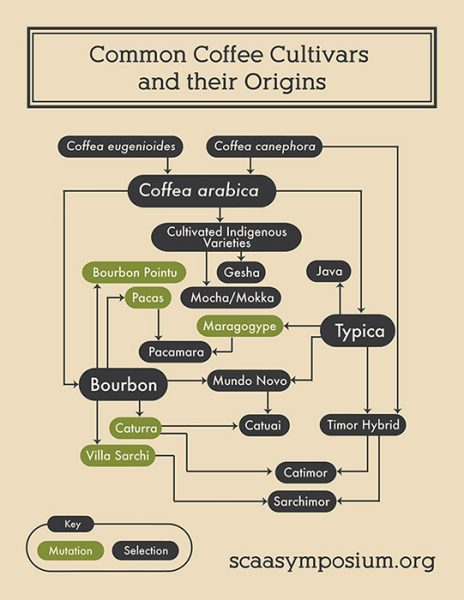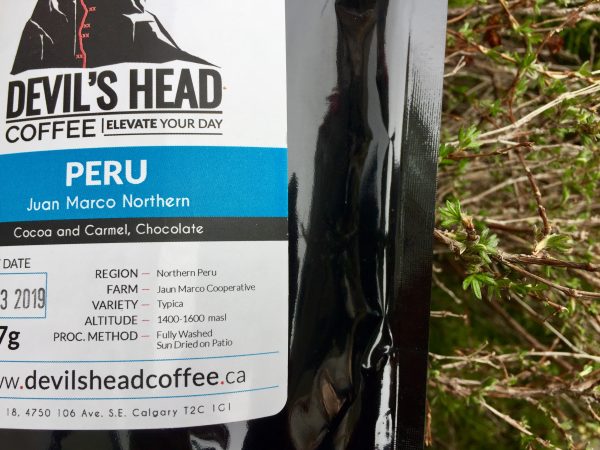Arabica Coffee, what is it? There are signs at your corner gas station or your local diner that Yes! Our coffee is in fact ‘100% Arabica’! All your worries have been distinguished now that… well now that what? If it’s not Arabica, what could it be?
Hopefully this little blog helps a bit.
Arabica & Robusta
First, a little bit of biology. Yes, that little cup of bean juice comes with a long history that one day leads it into your morning cup of awesome. The two species of coffee beans are most commonly known as Arabica and Robusta. The reasoning behind Arabica being a buzzword is a result of the way it grows and provides such an amazing spectrum of tastes. Robusta, while capable of producing some amazing coffee as well, is really complex and grows in very different conditions.
Typica & Bourbon
Both species split and reach into a sort of family tree; but we’ll focus on Arabica with the two immediate varieties Typica and Bourbon. While coffee purchased for roasters, lets say, can be Arabica, there are plenty of varieties and a variety contributes to taste, aromas, and flavour. So, sure! Still technically ‘Arabica’. There is no lie carried in those signs that claim their coffee is 100%, but there is some missing details.
Typica is said to be the first variety to become ‘coffee’, and Bourbon produces a larger portion of the worlds coffee, now take a shot every time I say coffee (of what? Probably coffee). Further down the line, Typica and Bourbon split off into other varieties, but to keep this blog easy breezy beautiful, I’ll just break down each into flavour profile and of which species they come from.

Typica (Arabica): medium body and sweet acidity (similarly to apples)
Bourbon (Arabica): bright and fruity characteristics
Caturra (Bourbon): high acidic flavours (similarly to lemons)
Maragogype (Typica): rare, velvety, full body chocolate, sweet fruit (similarly to mango)
Gesha (Unconfirmed): unique, light floral, vanilla
(and yes, this will probably be one of those pay 7$ and wait 10 minutes for a 12 ounce cup to stay, but if you’re up for the adventure, it’s a pretty amazing treat)
Catuai (Typica/Bourbon hybrid): sweet, oily
(not particularly known for its taste, rather how well it holds up against outside growing factors)
Catimor (Funky Arabica hybrid with Robusta influence): herbal, fruit rind, tea-like
Why Does It Matter?

You’ve seen these names; but what use are they to you? Well, for example, on our bags of coffee we list the varieties along with the profile notes that have been found after roasting. For us, knowing the variety acts as a small cog in the overall roasting process. For you, it narrows down certain tastes that you enjoy in your coffee, making it easier to hunt down. The only crime of ‘100% Arabica’ is there can’t be a definite flavour or have expected consistency.
If you would like to learn more
Where each of these varieties come from and their history.
Other varieties and their profiles ; check out our friends over at Stumptown Coffee Roasters.
Cultivars, Varieties, Hybrids, and Mutations. Oh my!
Questions? We’d love to hear from you.
Instagram: @devils_head_coffee
Facebook @Devil’s Head Coffee
Email: [email protected]
